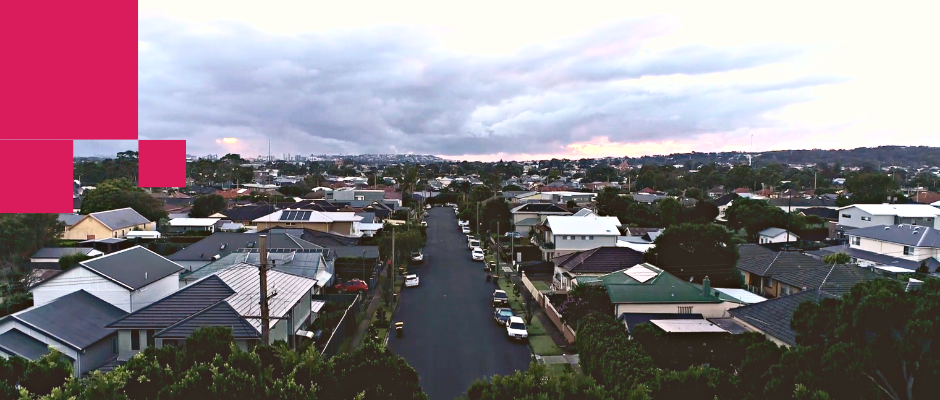
Roads

Did you know there are 800 km of roads in the Newcastle local government area? We're responsible for maintaining and managing these roads to ensure we can all get around as easily as possible and that our city is a sustainable and liveable one. Find all you need to know about roads, permits, closures and more here.
To report an issue with a road please contact us.
Good to know:
- Visit Live Traffic for the latest traffic information
- Find information about temporary road closures or activities that impact traffic in Newcastle.
- Find information about road rehabilitation and resurfacing work that is current and planned.













